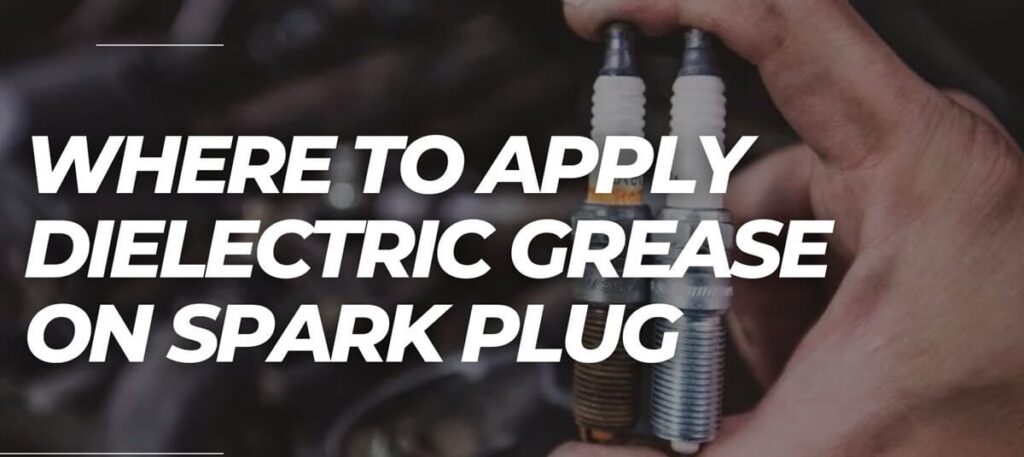Have you stumbled upon this article while finding ways for better maintenance of your car? If yes, then you may know a little about the importance of spark plugs and maybe a hint about dielectric grease.
Spark plugs are necessary for the optimum performance of your vehicle and dielectric grease adds some extra protection. Dielectric grease is not a relatively common product to be used but it surely gives an increased performance to your beloved vehicle. Although it can extend the life of your car, it requires an excessive amount of care and knowledge for it to be applied effectively.
This article will give you an insight into what dielectric grease is, and, where and how it should be applied. Let’s start from the basics!
What is a Dielectric Grease?
Dielectric grease is a silicone-based lubricant, It’s made to keep moisture out of electrical and moving parts. The exact composition of dielectric grease varies between brands, but the primary ingredient is silicon dioxide. A few of the other common ingredients include aluminum oxide, zinc oxide, and titanium dioxide.
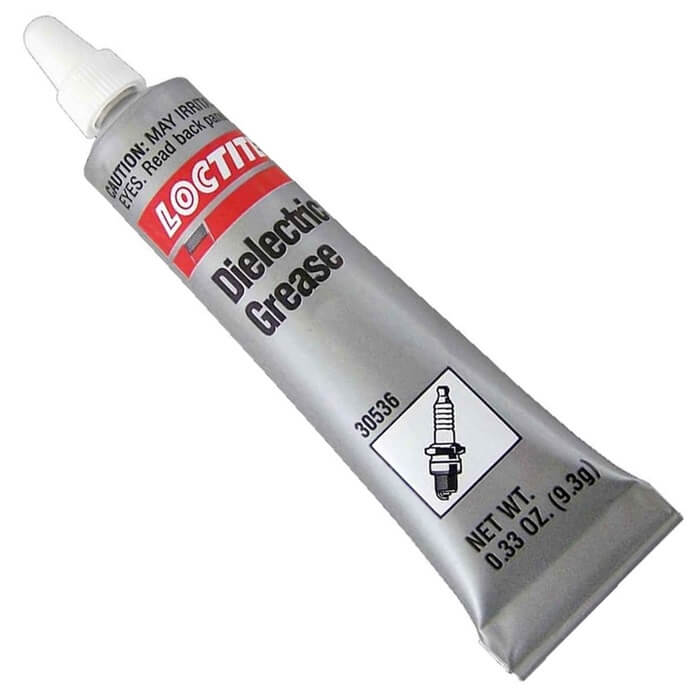
Why use Dielectric Grease?
Dielectric grease increases the life span of a spark plug by preventing its rusting and corrosion. It creates a barrier against moisture.
Another major benefit of dielectric grease is that it improves electrical contact while preventing electrical overheating. It also decreases the exposure of the surface to dust and soot. Dielectric grease protects high-voltage connections by maintaining the temperature around the spark plug.
Where is the Dielectric Grease Applied to the Spark Plug?
Is it really important to know where to apply dielectric grease because amateur mechanics might unintentionally harm your vehicle through improper use.
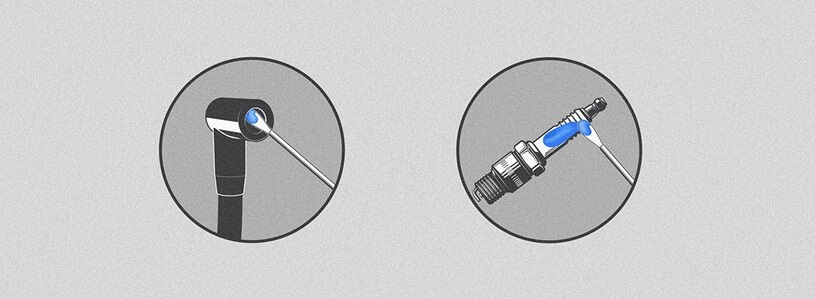
A thin layer of dielectric grease should be applied to the inner wall of the ceramic part of the spark plug boot. Special care should be taken to not get any of it on the metal terminal of the spark plug.
Note: If you’re curious about car maintenance, remember that disconnecting the Throttle Position Sensor can negatively impact how your vehicle works.
How to Apply Dielectric Grease On Spark Plug – A Complete Guide
Now that we’ve talked about what dielectric grease is, its uses, and why it should be used, let us walk you through the process of dielectric grease application in great detail. Here’s what you need to do:
Step 1 – Cool Down The Car
Park your car in a proper garage. Turn off the engine and make sure to cool down the engine before you start working.
Step 2 – Remove The Spark Plug
For this step, you’ll need a few tools including a ratchet and an extension.
After opening the hood of your car, locate the spark plug and separate the plug boot. Provide special care so that you don’t damage the spark plug while removing it.
Step 3 – Clean The Spark Plug Boot
After removing the spark plug boot, clean it thoroughly.
Step 4 – Apply dielectric grease
Now apply grease to the spark plug. By using a cotton swab.
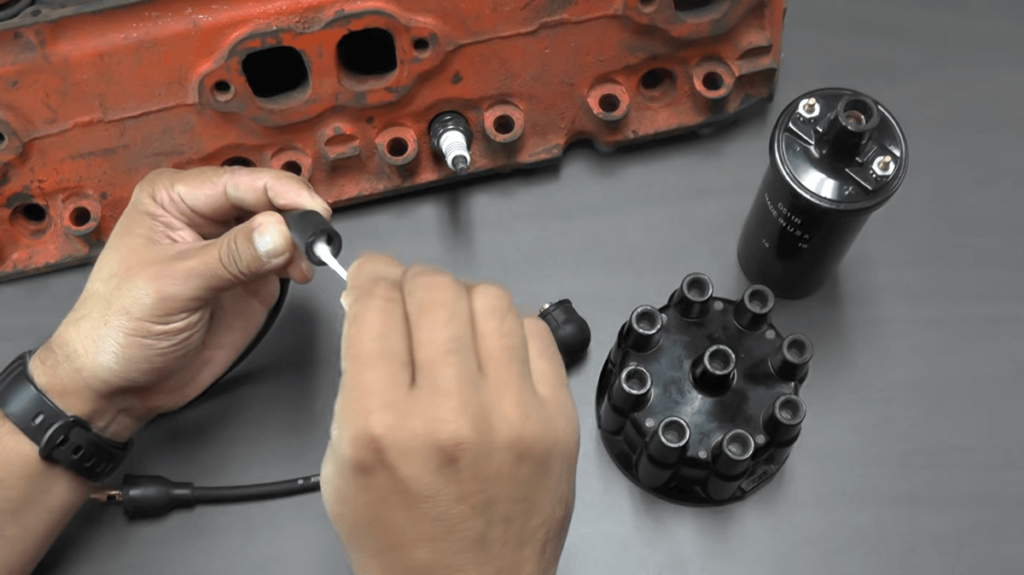
Step 5 – Remove Excess Of The Grease
Before putting the plug back in place, make sure to wipe off excess of the grease.
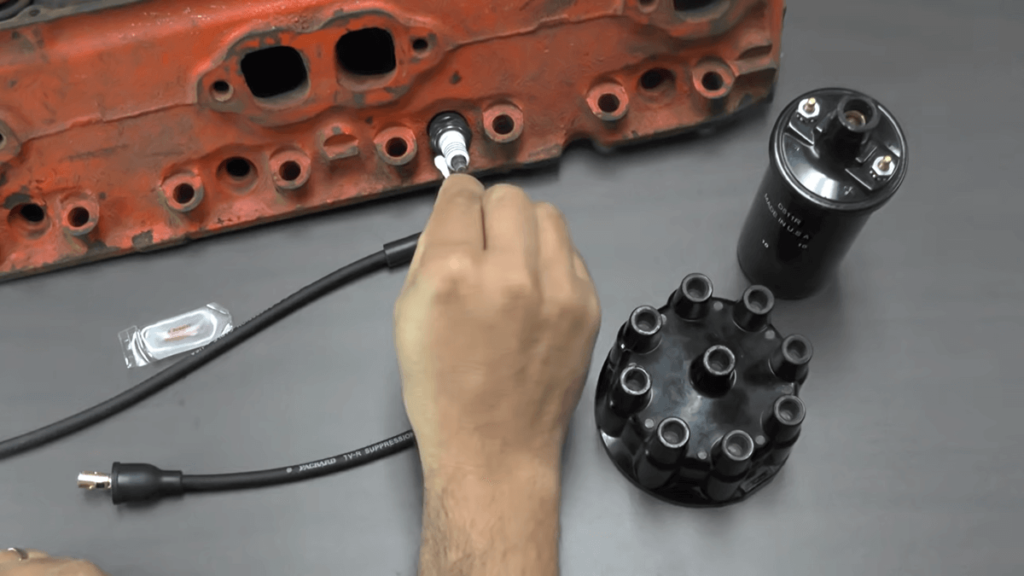
Step 6 – Place The Spark Plug Boot Back
Now it’s time to place the spark plug back. Attach it gently so that you do not damage it during the placement process.
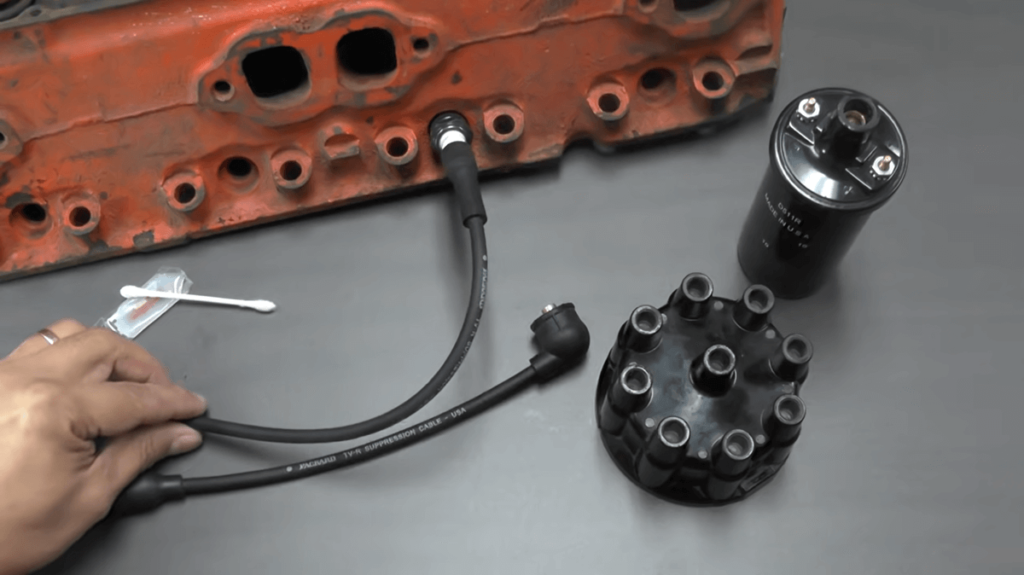
Why Should You Not Apply Excess Dielectric Grease?
Dielectric grease should never be applied in excess. It should be kept in mind that dielectric grease is an insulator and excess of it can cause problems during ignition and fuel economy. It can also cause the boot to slip off the spark plug. To keep it short, an excess of grease can create additional issues instead of better performance.
Note: Learn about the crucial role of CV joints in your vehicle’s transmission and get tips on effective repairs in our detailed guide.
Frequently Asked Questions
Let us take time to address some of the common concerns we receive from the public.
Is It Necessary To Use Dielectric Grease?
No, dielectric grease is not a necessity for the working of your automobile but its use increases the life of a spark plug and gives extra protection.
Where Else Can Dielectric Grease Be Used?
Apart from the spark plug, dielectric grease has various spots where it can be applied to your car.
- Battery terminal
- Electrical connectors
- Headlight and lamp sockets
How To Remove Dielectric Grease From Any Surface?
Accidentally applied dielectric grease where it shouldn’t be? No need to panic, you can use petroleum distillates or solvents to get rid of it without any hassle.
Is Dielectric Grease And Lubricant Grease The Same?
No, both dielectric and lubricant grease have different uses. The most basic difference between the two is their formulation. While dielectric grease is made of silicon and thickener, lubricating grease contains lubricating oil and other additives.
Moving onto their usage, dielectric grease is primarily used to provide a protective barrier while lubricating grease is used to reduce friction between automobile parts.
Conclusion
To provide you with a summary of what we said in this article, whether you want to use dielectric grease for your automobile, it’s totally up to you. But dielectric grease may increase your vehicle’s performance.
Let us know in the comments if you have any other questions or queries.


